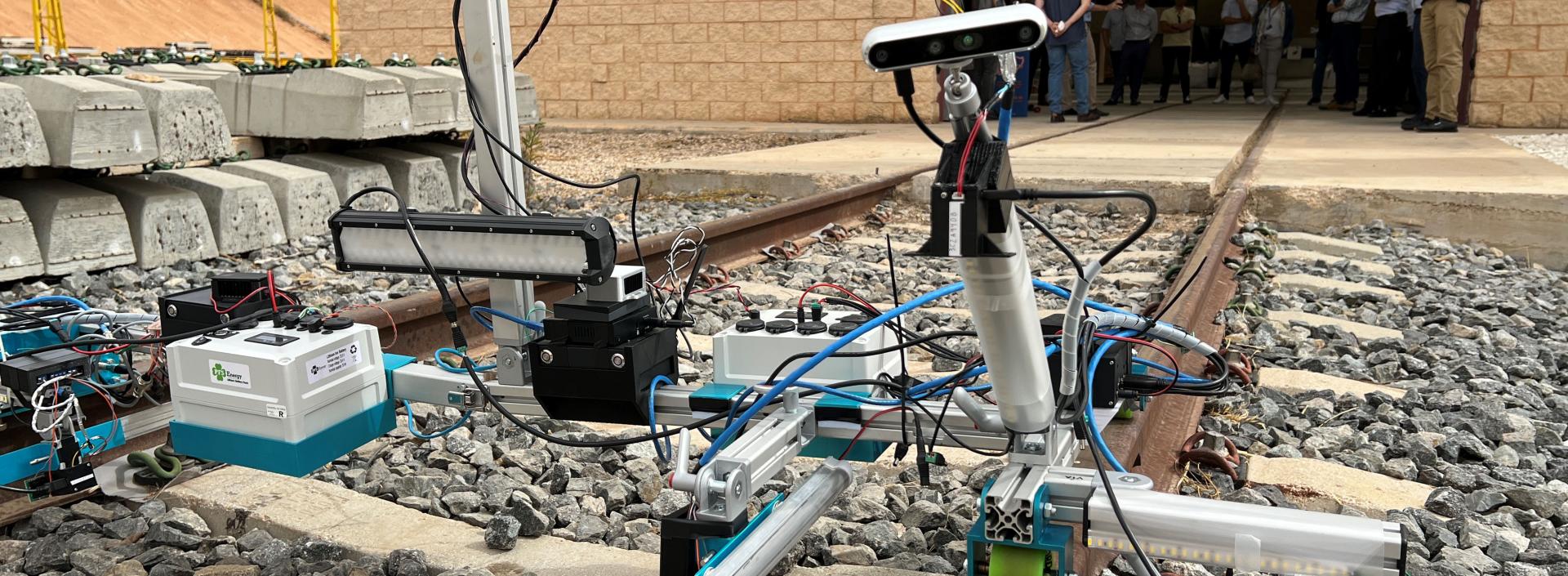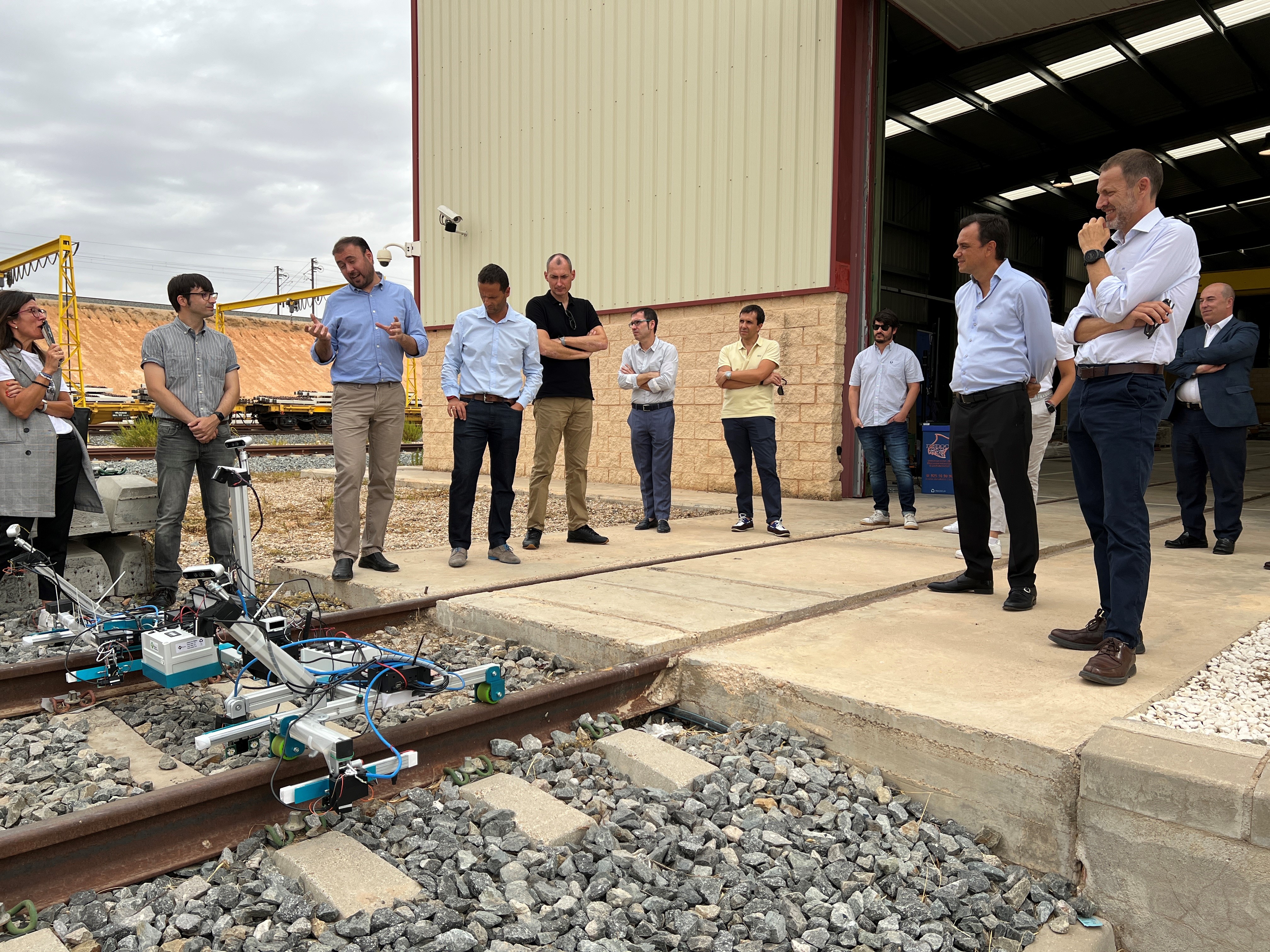From the moment a railway system of any type (a conventional, high-speed or metropolitan line) enters service, the maintenance phase begins, on which depends its ability to operate reliably and, above all, safely. For this, all the maintenance tasks of the assets that are present in the operation of the railway lines enter into the equation: maintenance of the rolling stock, the infrastructure and track and all the systems and subsystems of energy, telecommunications, safety and civil protection installations. All of them must be in perfect condition for the correct operation of the entire railway system.
Ineco has designed a new visual inspection device for railway track maintenance. The DIGAV (Device for the Graphic Inspection of Apparatus and Track), through the use of artificial intelligence and specific algorithms for the automatic identification, detection and evaluation of defects.
Thanks to the analytical processes, based on artificial intelligence and image processing algorithms, it is possible to process all the information collected and automatically detect defects such as the lack of an asset, its correct position, the automatic inventory of assets or the evaluation of the ballast shoulder.
All the information collected is stored on the servers, allowing its evaluation and analysis and opening up the possibility of developing predictive maintenance models or generating digital twins.
























